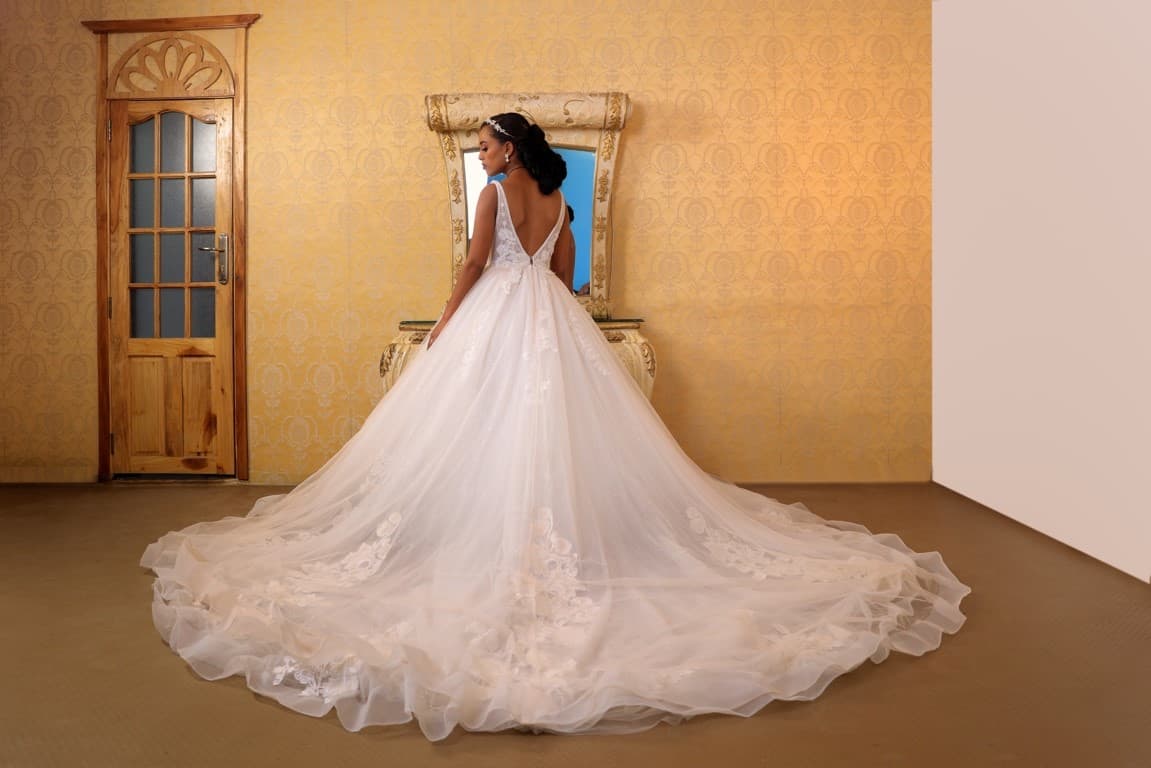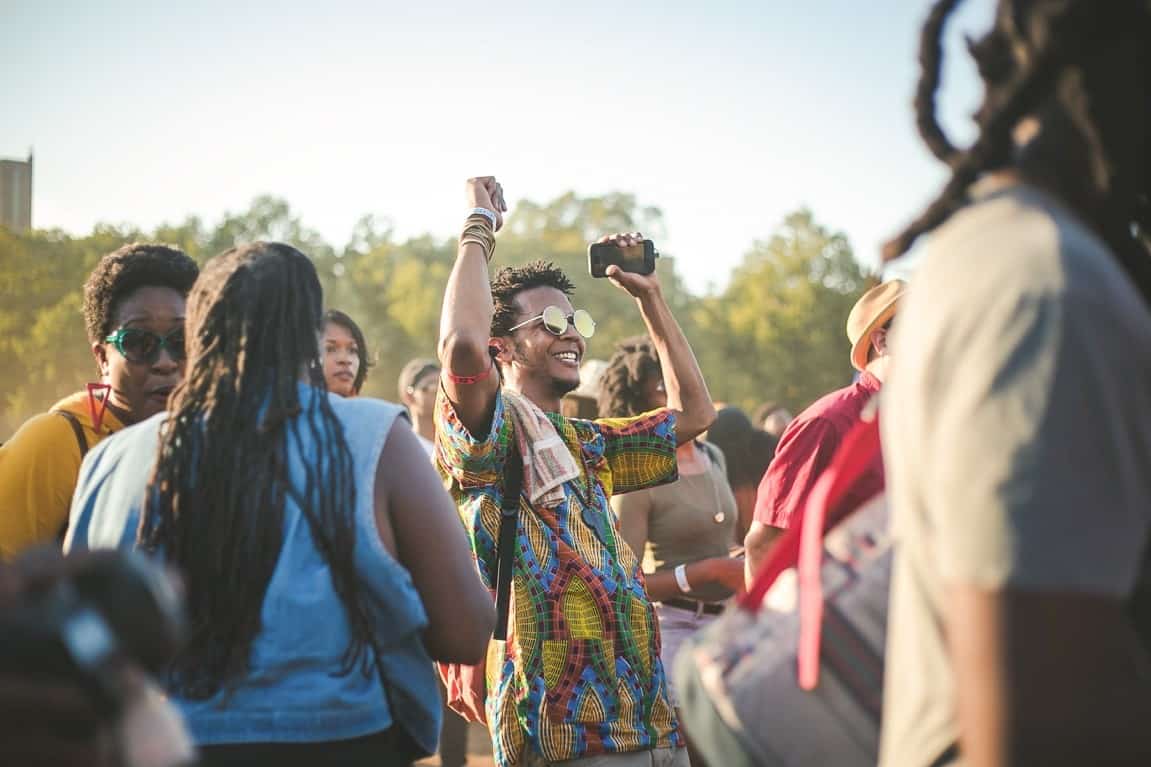Across most cultures, the institution of marriage is viewed as essential, and its sanctity is highly prioritized. Marriage marks the beginning of a family and binds communities. Thus, each society has developed a wide array of wedding traditions to make the sacrament even more special.
While many Cubans are Catholic, the country became officially secular after the Cuban Revolution in 1959. Although religious wedding ceremonies can be held, they don’t have legal standing without a concurrent civil ceremony. As a result, most Cuban wedding traditions and legally binding ceremonies take place in a civil context, often followed by a festive reception.
Below is a list of 17 memorable Cuban wedding traditions, along with corresponding explanations of their cultural background.
Memorable Cuban Wedding Traditions

1. La Pedida de Mano (The Asking of the Hand)
This custom can also be seen in other countries, such as Guatemala and the Philippines. Traditionally, the groom’s family will formally request the bride’s hand in marriage from her parents. This gesture is not just symbolic but establishes a foundation for mutual respect between the two families.
The families will then discuss the wedding plans, including the budget, and jointly decide on a date for the wedding.
2. El Velorio de la Sábana (The Shroud Vigil)
The night before the wedding, the bride and groom participate in a symbolic ritual where they sleep together under a white sheet or shroud. Beyond representing their commitment, this ritual emphasizes their transition from single lives to a unified bond in matrimony.
3. Dress Code for the Bride
It is common across many cultures for the bride to wear a white dress or gown at their wedding. While this remains true in Cuban wedding traditions, a bride can only wear a white dress if she is a virgin. This is because a Cuban bride is often expected to be “pure.”
The bride’s wedding dress often has a floral motif. Moreover, it is typically made with luxurious materials, such as satin and silk. The dress also frequently includes ruffles or full skirts.
The emphasis on purity and virginity is also evident before and after the ceremony. The bride and groom must have no contact before the wedding; they prepare for the events in separate areas. On the day after the wedding, the newlyweds might be asked to present their sheets so as to prove that the bride was indeed a virgin prior to her marriage.
4. Extravagant Gift-Giving
The bride’s and groom’s parents are expected to give big and expensive presents to the couple. Similar to those given during a wedding shower, these gifts help prepare the newlyweds for the new chapter of their life.
In extension, newlyweds also inherit a house from one of their parents. This is because ownership of homes is transferred from generation to generation. The house they ultimately receive depends on multiple factors, including how much room is available, how many siblings they each have, and the presence of married siblings.
5. First Dance
- Rumba Guaguancó – noticeably sensual movements set to upbeat music
- Rumba Yambú – has a slower tempo than Guaguancó and generally less sensual steps. This variation is sometimes referred to as the “old people’s Rumba”
- Salsa Rueda – couples dance in a big circle, executing turn patterns according to the call of a leader
Before the wedding, couples generally have to spend some time learning how to properly dance. Although some may already know the steps, availing of lessons to brush up your skills might be the best way to go.
6. La Ceremonia de Las Arras (The Coin Ceremony)
During the wedding ceremony, the groom will give his bride 13 coins, which represent Jesus and his 12 apostles. The bride will then pass the coins back to the groom, symbolizing their shared responsibility for their future financial well-being.
7. Late-Night Wedding Reception
Cuban wedding receptions are filled with music, dancing, and enjoyment. They share this trait with other Latin cultures, such as Colombian. Receptions can be held in a hotel, garden, restaurant, or any place with plenty of space. Cubans emphasize entertainment in their receptions, typically hiring live bands and artists to perform songs with drums and guitars.
8. El Baile Del Billete (Money Dance)
9. La Hora Loca (The Crazy Hour)
As the reception winds down, “La Hora Loca” infuses the atmosphere with a carnival-like energy. Guests don vibrant costumes, masks, and noisemakers, letting go of inhibitions. It’s a festive interlude for the couple and attendees, allowing a brief escape from the day’s formality.
10. El Corte de la Tarta (The Cake Cutting)
The bride and groom will cut the first slice of the wedding cake together, which represents their first task as a married couple. They will then feed each other a bite, symbolizing their commitment to taking care of each other.
11. El Ramo de Novia (The Bridal Bouquet)
The bride’s bouquet toss is emblematic of passing on hopes of love and commitment. As she throws it towards the single women, anticipation fills the air. Legend has it that the one who catches it is destined to walk down the aisle next.
12. El Cojín de los Anillos (The Ring Cushion)
13. La Música (The Music)
Music is an important part of Cuban weddings, with traditional music such as salsa and merengue being popular choices. The wedding party will often dance the night away to live music or a DJ.
14. El Regalo de los Padrinos (The Godparent Gift)
The roles of godparents in Cuban weddings transcend ceremonial. Chosen as mentors for the couple’s marital journey, they bestow upon them significant gifts. Whether jewelry or a generous amount, these presents symbolize their unwavering support and blessings.
15. Special Wedding Favors
As with American weddings, it is a Cuban wedding tradition to distribute wedding favors as a way of showing gratitude for the guests’ presence. Latin cultures place importance on the favors they give; some families even organize a display of favors from various weddings and events in their homes. Some common Cuban wedding favors include:
- Succulents with papel picado where the couple’s names are written
- Cigars for the men
- Wedding cookies
- Local art
- Ribbons with the couple’s names written on them
- Spanish hand fans
16. Tight-Knit Family and Community Affair

Cubans are family- and community-oriented. Some time ago, close friends typically arranged marriages between their children. Furthermore, marriages are encouraged between members of the same community.
The couple has the choice to walk to their wedding venue or drive a convertible. Either way, a crowd will cheer for them as they make their way to the site. The crowd also sings and dances during the procession, sending well-wishes and blessings to the couple.
The guest list of a Cuban wedding is composed of anyone and everyone that the families know. The typical size of a party ranges from 50 to 100 people. Historically, the bride’s family covers the expenses of the wedding; however, in more recent times, this may not always be the case.
17. Upside Down Pins
Although Cuban wedding receptions also incorporate a bouquet toss, they have another tradition with a similar purpose. Single women are encouraged to wear special pins upside down. If they lose their pin any time during the reception, they are believed to get married soon.
Final Thoughts
Cuban wedding traditions are deeply rooted in culture and history, with each one holding a special meaning and purpose. From the symbolic rituals and ceremonies to the lively music and festive atmosphere, Cuban weddings are a celebration of love, commitment, and family.


